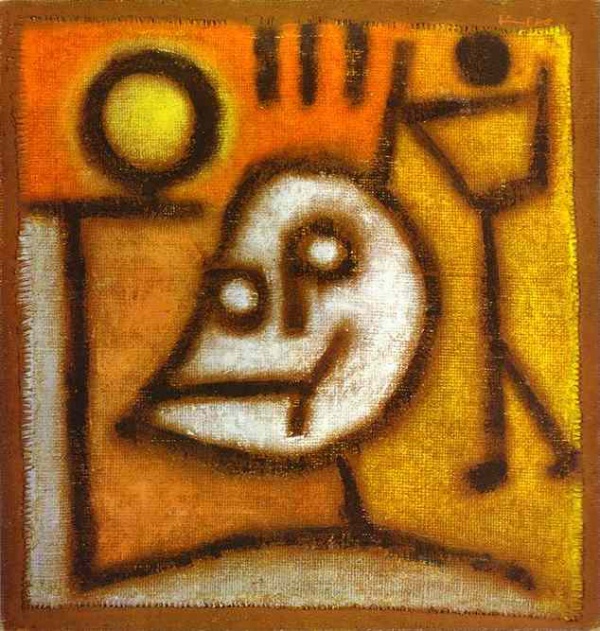Facts About Death and Fire
"Death and Fire" or "Tod und Feuer" in German, is an expressionist masterpiece by Paul Klee, painted in 1940, shortly before his death on June 29 of that year. Since 1935, Klee had been battling scleroderma, a condition that manifested with symptoms such as fatigue, skin rashes, difficulty swallowing, shortness of breath, and painful joints, particularly in his hands. These struggles deeply influenced his art, rendering his later works simpler but imbued with profound meaning.
In "Death and Fire" the German word "Tod" (meaning death) emerges as a haunting motif. Klee ingeniously incorporates the letters "d" and "t" into the figure's face, adding an intriguing dimension. The word also subtly appears in the figure’s raised arm, the yellow orb, and the head, weaving a profound narrative about mortality.
Klee's fascination with hieroglyphics is also evident in this painting, a theme he explored in other works from the late 1930s, such as "Insula dulcamara" (1938) and "Heroische Rosen" (1938). As of 2014, "Death and Fire" is part of the collection at the Zentrum Paul Klee in Bern, Switzerland, a museum dedicated to celebrating Klee's artistic legacy.

 Italy
Italy